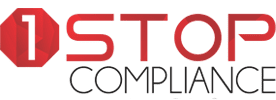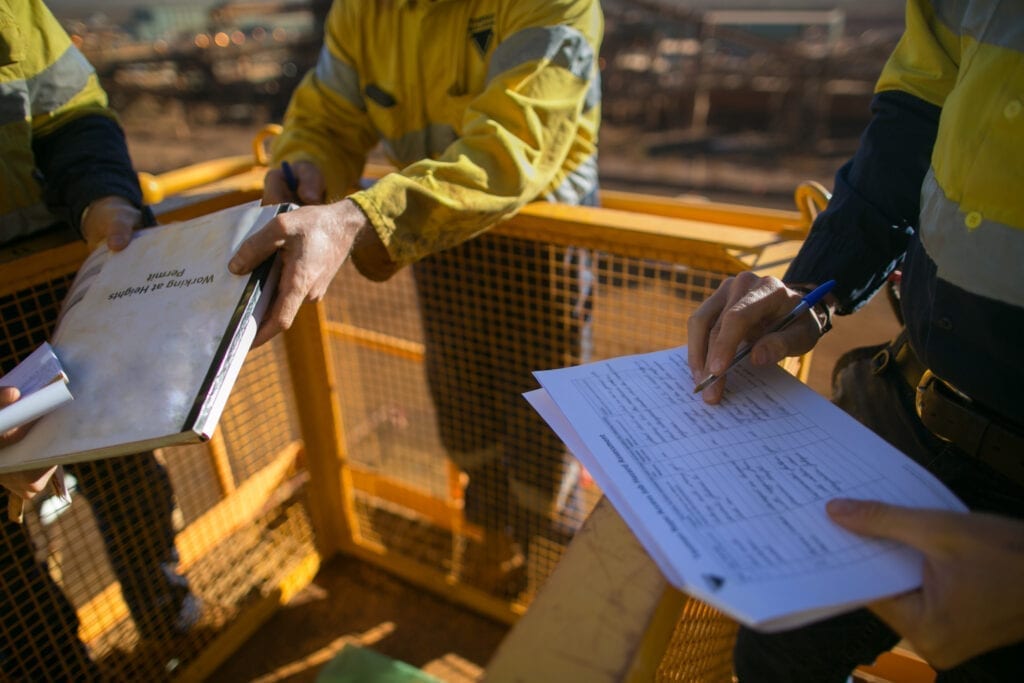Importance of OSHA Safety Compliance
Complying with OSHA guidelines and regulations is important to businesses large and small, as any employee conducting high hazard activities on the job is susceptible to injuries and illnesses. OSHA advocates for employee safety, ensuring employers are providing safe workplaces, environments, materials, and equipment in which to work. There are occasions where the nature of the job demands that an employee works within a high hazard environment using potentially dangerous materials or equipment. A company must take every step possible to mitigate exposure to these hazards, and create guidelines and training procedures to minimize these dangers and the potential injuries and illnesses associated with them.
Not only is there a legal obligation to implement proper health and safety controls and procedures in your business, there is also an ethical and economic commitment an employer has to its employees. Ensuring your employees are safe and feel safe on the job has far-reaching impacts on all business stakeholders, including security, fulfillment, satisfaction, loyalty, and trust, among other things. A business that is committed to the safety of their employees will attract great employees, and in turn, enable the business to provide superior output to their clients, projects, and the community.
A company that does not identify and implement appropriate health and safety programs puts itself in a position of higher liability and overall risk. This all begins with a thorough workplace assessment and implementation of employee safety manuals. It’s estimated that the total direct and indirect costs associated with workplace injuries and illnesses exceeds $140 billion annually. These costs can come in the form of fines levied by governing agencies, loss of money, business and reputation, PR nightmares, higher insurance costs, legal costs, employee turnover and civil and criminal liability. Not to mention the impact of injuries and illnesses on the lives of individuals that could have been prevented with a proper health and safety program.
What You'll Need to be OSHA Compliant
There are 3 main components to keeping employees safe on the job, and the foundation lies in complying with OSHA:
- Compliance with OSHA laws
- Provide a workplace free of serious recognized hazards
- Examine workplace conditions to ensure compliance
OSHA compliance begins with implementing OSHA Standards that address known major hazards that may exist in the workplace. OSHA Standards were developed when OSHA began in the 1970s, some of them updated, and some of them not. The onus is placed on the employer to provide the most up-to-date versions of these Standards according to their own processes in use. The key here is for the employer to go above and beyond to get a full understanding of the hazards present in the workplace, and implement the most relevant and effective controls and procedures in preventing these hazards from harming employees.
OSHA compliance also requires accurate record-keeping of any workplace incidents that affect the health and safety of employees, known as OSHA 300 logs. These logs record any injuries or illnesses caused in the workplace by potential hazards, and corrective actions that need to be taken to prevent a violation from occurring again. For example, if a fall occurs resulting in an injury, the incident needs to be recorded in detail, and a potential corrective action of preventing another fall from occurring identified and implemented. The key here is to be pro-active and take all potential hazards into consideration while a company develops a health and safety program that complies with OSHA laws.
Steps for Putting Together OSHA Compliant Health & Safety Program
All high hazard industries and businesses engaged in performing potentially high hazard activities that may result in injury or illness to an employee need to take the appropriate steps to evaluate their business, processes, and operations in order to develop an appropriate health and safety program to be compliant with OSHA laws. This can and should be a time-intensive endeavor that a business undertakes in order to provide a safe work environment for their employees. Any oversights in the audit process could lead to OSHA violations, employee injuries, legal fees, insurance costs, and other issues mentioned earlier.
-
Step 1
- Any OSHA compliance audit should begin with a thorough identification of potential physical hazards present in the workplace. These hazards should be addressed and remediated at that time as they pose the greatest immediate threat.
-
Step 2
- Develop customized health & safety manuals containing any applicable OSHA Standards with modern and relevant updates. Research outside sources such as the National Security Council, ANSI, and other safety regulatory bodies relevant to the hazard present in the workplace for the most up-to-date information and guidelines.
-
Step 3
- Develop health and safety training protocols and procedures that are customized to your operations. Training should be conducted by a competent trainer, and should be done at the time of employee hire, and at least annually for all employees exposed to the specific hazards. The training process should be time-consuming, taking 30-60 minutes per topic, or longer if required, to ensure proper training has occurred.
OSHA vs. Cal-OSHA Safety Compliance
Individual states and US territories can implement and oversee their own versions of federal OSHA plans at the state level. These state OSHA plans are approved by federal OSHA, and must meet a minimum effectiveness of the federal OSHA standards and directives. State OSHA plans can be applied to either state/government employees, or state/government employees as well as those in the private sector.
Cal/OSHA is one of the more stringent state OSHA plans in the country, which is why it is often addressed separately. Cal/OSHA has adopted more strict guidelines as well as some unique standards addressing those not found in federal OSHA, including:
- Agriculture
- Repetitive Motion
- Heat Exposure
- Noise Exposure
- Injury & Illness Prevention Plan
- Aerosol Transmissible Diseases
- and many more
One of the largest components of Cal/OSHA that differentiates it from federal OSHA is the Injury and Illness Prevention Plan, or IIPP Safety Manuals. An IIPP is an in-depth plan tailored specifically to an individual business with a proactive focus on finding all hazards in the workplace and developing a plan for preventing and controlling those hazards. California requires that all employers covered under Cal/OSHA implement an IIPP in which all workers in an organization are trained and are encouraged to participate.
OSHA Compliance Requirements Checklist
- Comply with OSHA Standards
- Post OSHA workplace poster and encourage employees to read it
- Provide a workplace free from serious recognized hazards
- Conduct hazard assessments
- Maintain up-to-date written safety and health programs & procedures
- Provide safety training in a language and vocabulary workers can understand
- Provide access to Safety Data Sheets (SDS) when employees use hazardous chemicals
- Train employees on what chemicals they are exposed to
- Use and maintain safe tools and equipment
- Provide Warnings of potential hazards with signs
- Report all work-related fatalities within 8 hours to OSHA
- Employers with more than 10 employees must keep records of work-related injuries & illnesses
- Post the recordkeeping 300A form from February 1 to April 30 each year in a prominent location at the workplace
- Submit electronic injury and illness if your workplace is required to do so
- Provide access to employee medical records and exposure records to employees or their authorized representatives
- Do not discriminate against employees who exercise their rights under the Act (See OSHA Whistleblower Protection)
- Post OSHA citations at or near the work area involved. Each citation must remain posted until the violation has been corrected, or for 3 working days, whichever is longer. Post abatement verification documents or tags
- Correct cited violations by the deadline set in the OSHA citation and submit required abatement verification documentation

